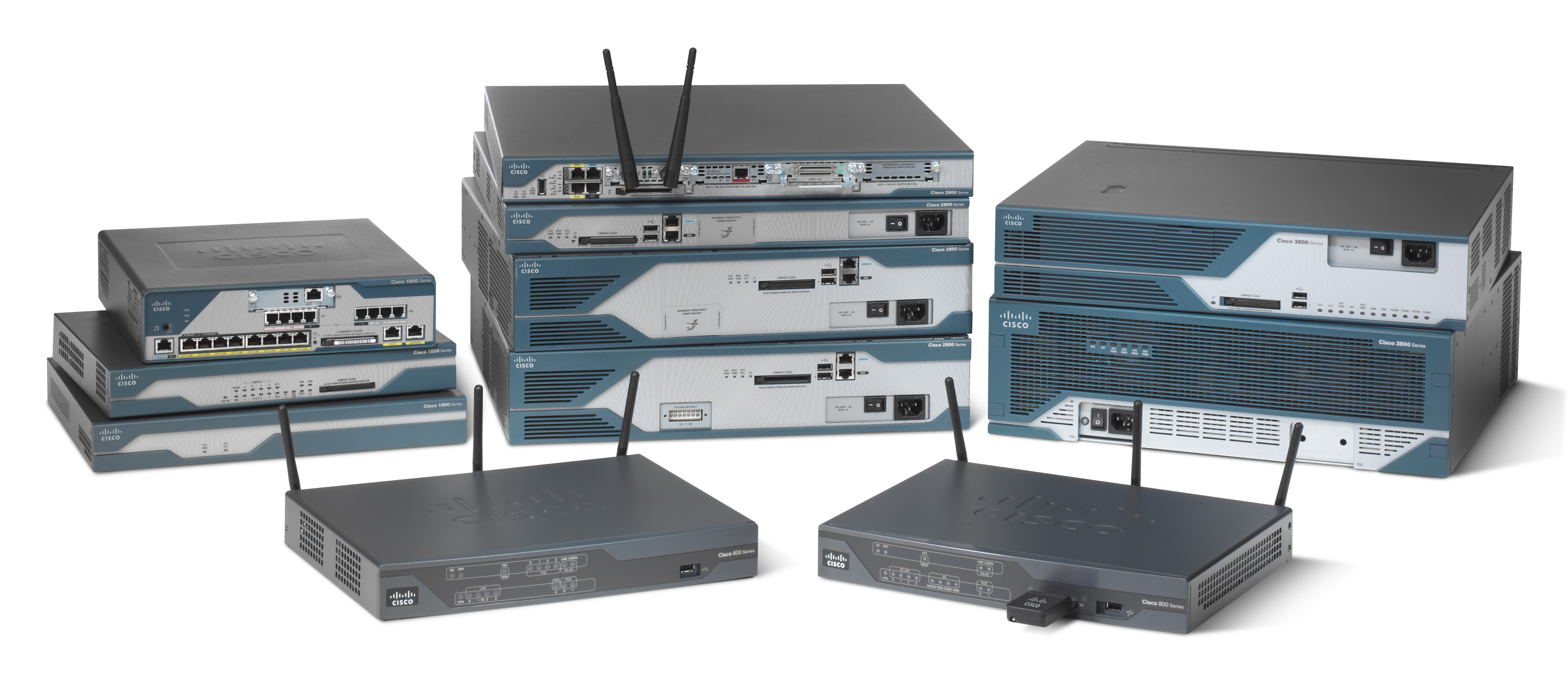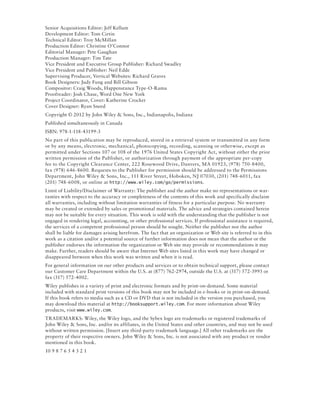
All pop-up windows are treated as independent window units so they can be placed anywhere on the desktop and manipulated independent of each other. The GUI has zoom view tools, edit functions (copy, paste, and undo), improved window management, and ability to show/hide link lights and device labels. This functionality allows students to see just the amount of information that is appropriate for a CCNA level student without overwhelming them with the amount of information that would be seen in the commercial product. Global event list (packet sniffer): The packet sniffer in Packet Tracer allows students to see some of the same kinds of information that they would see with a commercial packet sniffing program, such as Wireshark.

The list of protocols to filter in the Event List has increased to allow the user to filter on most of these additional protocols. The list of supported protocols has grown to now also include 802.11 wireless, VTP, DTP, STP,RSTP, HTTP, DHCP, Telnet (with SSH), TFTP, DNS, single and multiple area OSPF, and CDP.

Simulation Mode allows for a detailed study of protocol interactions.

Real-time Mode models real-time protocol updates and medium-fidelity Cisco IOS CLI configuration of switches and routers. They include a cluster function to group devices, a custom device creation tool, and an array of devices (routers, switches including a layer3 3560 switch, hubs, functional servers, Linksys gear, WAN clouds, a Multiuser connection and cable and DSL modems.) The functional servers support HTTP, DHCP, TFTP, and DNS services. Physical Workspace promotes an intuitive interaction with physical devices, with physical layout and distance representation including intercity, city, building, wiring closet, and device views. Logical Workspace is the primary workspace for creating networks of any size and CCNA-level configuration. Note: Current version of Packet Tracer does not run in Native mode in Mac OS or Linux.


 0 kommentar(er)
0 kommentar(er)
